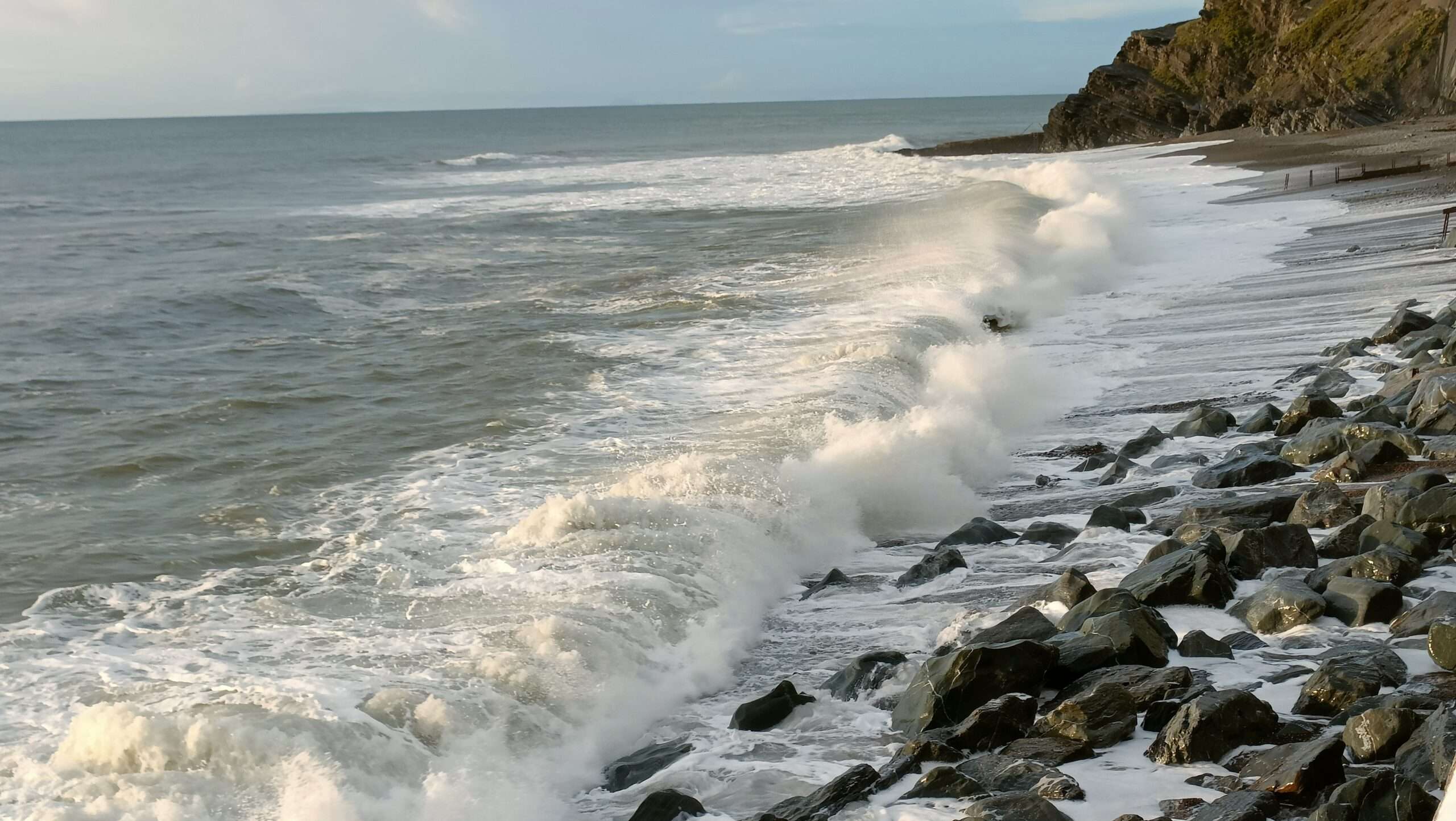Titled For the curious and interested, the exhibition was co-created in collaboration with two UK partner museums and their local communities, giving each different venue the chance to bring a unique perspective.
Physician and naturalist Sir Hans Sloane (1660-1753) left his collection of antiquities, artworks, and natural curiosities to the UK upon his death, with the intention of preservation and that they satisfy ‘the desire of the curious.’ This collection then went on to become the foundation of the British Museum.
For the first time, the exhibition will reunite a selection of objects from Sloane’s collection, including books and prints, cultural objects, and natural history rarities, that are currently cared for by the British Museum, the British Library and the Natural History Museum.
Each object in the exhibition offers a unique insight into Sloane’s curiosity about the world, and demonstrates the breadth and diversity of his assembled collection. Key objects include:
Carved ivory hunting horn (about 1490–1530)
A Voyage to Jamaica (1725)
Silk embroidered flowers (17th century)
Six etchings of shells, Wenceslaus Hollar (about 1645−46)
Sloane’s collecting was partly financed by profits from transatlantic enslavement, and the exhibition confronts this complex history, revealing how and why these items from around the world were united. It will also explore the stories of people Sloane worked with and relied upon for their knowledge and skills, including indigenous and enslaved people, as well as other collectors, explorers, and naturalists from around the world.
In collaboration with Ceredigion Museum and the group Voices from the Edge, which consists of seven creative practitioners who live in rural west Wales, the exhibition explores what Sloane’s collection from over 300 years ago means today. Collectively, and through creative responses by Voices from the Edge, the collaboration seeks to understand connections between wealth generated from transatlantic enslavement and the objects in the museums.
Supported by the Welsh Government and the Association of Independent Museums, this collaboration with Voices from the Edge is Ceredigion Museum’s first step in ensuring the presence and input of a global majority voice. The project contributes to the wider commitment of the Welsh Government’s Anti-racist Wales Action Plan.
The creative responses by Voices from the Edge, which include film, drawing, and sculpture, interrogate Sloane’s legacy through their own lived experiences and identities. Below are examples of the responses included in the exhibition:
Drawing and letter from the series ‘Seed stories – Where do you really come from?’ 2023, by Rose Thorn
Writing backwards – Indigo Young (2006– ) to Elizabeth Langley Rose (1660–1724) by Indigo Young
Our hands, our voices, 2023, by Déa Neile-Hopton
A Ceredigion County Council spokesperson said: “The objects in this exhibition give a detailed insight into the past. It is important that the people of Ceredigion are given the opportunity to explore this collection and hear the group Voices from the Edge tell their stories. Openness and transparency are key to meeting the goals of the Welsh Government’s Anti-racist Wales Action Plan.”
To learn more about the collections, visit the British Museum’s page at: www.britishmuseum.org/our-work/national/uk-touring-exhibitions-and-loans/current-tours/curious-and-interested
For more information on the exhibition, keep an eye on Ceredigion Museum’s social media pages. Visit www.facebook.com/amgueddfaceredigionmuseum for Facebook; www.instagram.com/amgueddfa_ceredigion_museum/ for Instagram; and https://twitter.com/CeredigionMus for X (previously Twitter). Information about Ceredigion Museum’s location and opening hours can be found here: https://ceredigionmuseum.wales/Home
Please donate here: Support Carmarthenshire News Online Thank you for supporting independent journalism and contributing to the future of local news in Carmarthenshire. Carmarthenshire News Online has been dedicated to providing unbiased and trustworthy news, free from commercial or political influence. By donating as little as £1, you can help ensure the continuation of this important source of information for the community. Your contribution will have a significant impact on the sustainability of independent journalism. If you're looking to enhance your brand's visibility, we also offer advertising opportunities on our Livestream and podcasts. Our special offers provide excellent value for reaching our engaged audience. To learn more about these opportunities and to discuss your advertising needs, please feel free to call or text us at 07308598604. Thank you again for your support, and together we can ensure the availability of quality local news for Carmarthenshire and beyond.
Please donate here: Support Carmarthenshire News Online







